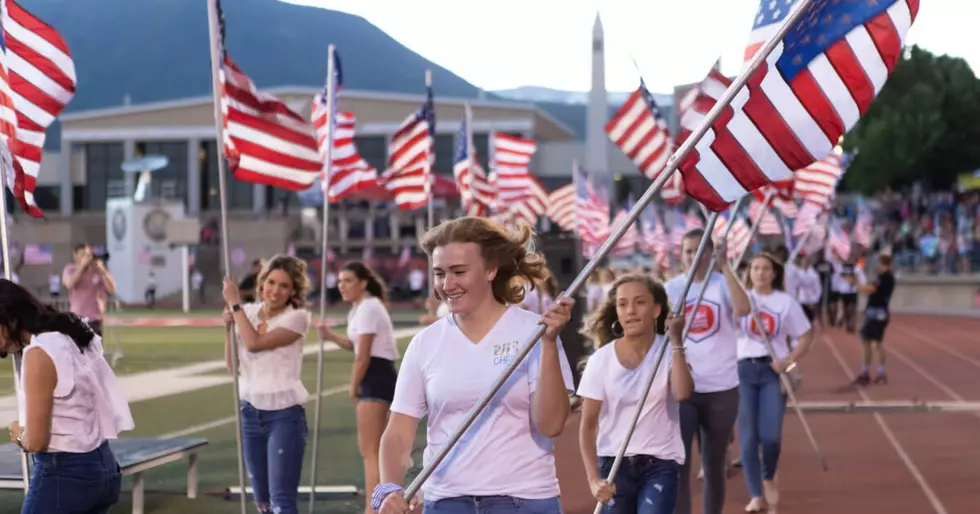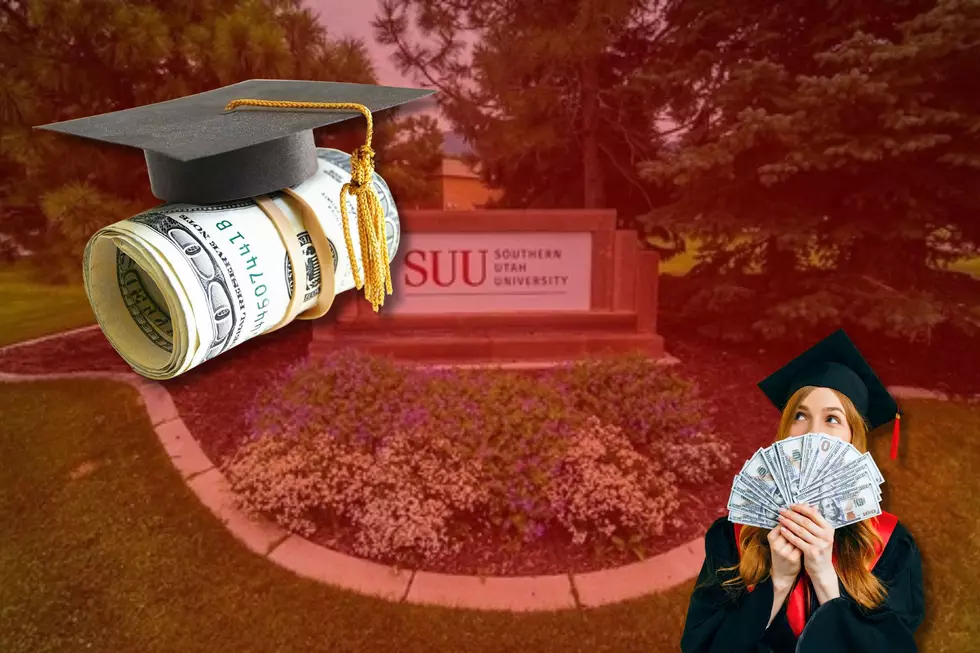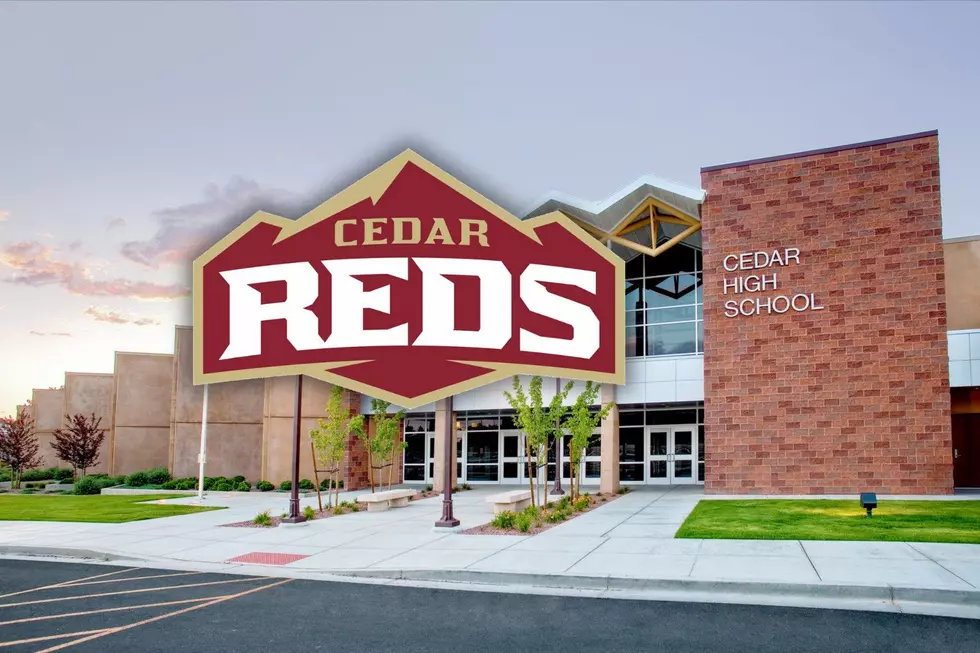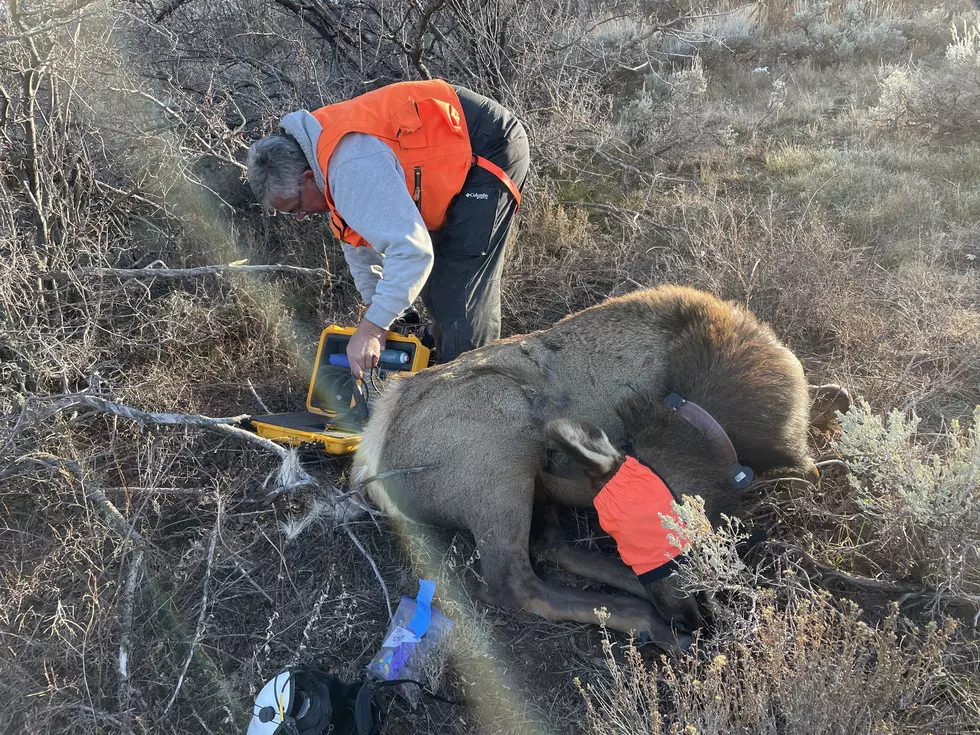
Getting A Deer In The Hunt Good, Hitting A Deer On The Road Bad
This time of year there is a good number of people making their way in to the higher country in search of that trophy deer or other big game during the general hunt season. Interestingly enough, this is the time of year when that big game is thinking about leaving the high country to come to the winter grazing opportunities down here in the valleys.
During the fall, there is an increase in the amount of wildlife along the roadways, mostly due to those animals migrating to the lower elevations in search of food. The fall migration period for deed is usually October and November. Deer typically migrate back to the higher country ain April and May. It is during the fall migration period when the highest number of vehicle and deer collision happen in Utah.
On top of that, many of us will be commuting home in more darkness once the time change happens on November 5th. These lower viability hours also contribute to the number of vehicle and wildlife collisions.
According to the Utah Division of Wildlife Resources the most likely time for a deer / vehicle collision is November. Blair Stringham, Mitigation Initiative Coordinator says, “it (November) coincides with the mating season and the annual migration of deer. Animals are crossing more roads during the migration, and the male deers move around a lot more to find mates.”
The most recent DWR study on deer and vehicle collisions was done back in 2012. That year there were approximately 10,000 deer / vehicle collisions. Those numbers are, however, likely down now thanks in part to the Utah Wildlife Migration Initiative.
Because of the initiative, more fences and wildlife bridges have been installed along the migration routes of wildlife that cross Utah highways.
The Utah Wildlife Migration Initiative was started in 2017. One of the primary purposes was to better track and study the migration patterns of different wildlife, and fish species in the state. Most of the data comes from animals wearing GPS tracking devices or from fish tagged and implanted with transmitters.
The tracking information benefits wildlife in many ways. Because of the data, biologists can identify where the animals spend large portions of time feeding and can make habitat improvements in those areas. The information is also used to track migration routes and ensure that wildlife crossings are constructed strategically.
As of October 17th, there have been 3,000 vehicle / deer collisions in Utah this year. Deer are most active in morning and evening, which coincides with the peak commuting time. Some areas prone for deer migration in our area are between Kanarraville and New Harmony, the north part of Cedar City, and the area known as the Parowan Front between Summit and Parowan.
For tips on avoiding a collision with wildlife, and information on what to do if you hit wildlife, visit the Wild Aware Utah website.
10 Ways Crying Is Actually Good For You
More From KSUB 590/107.7









